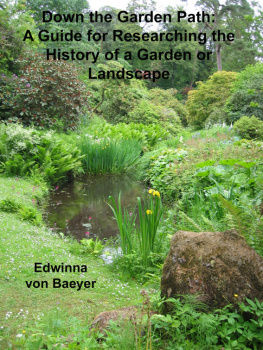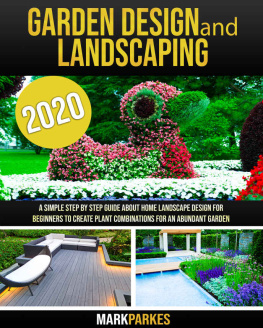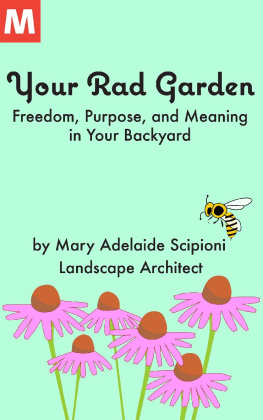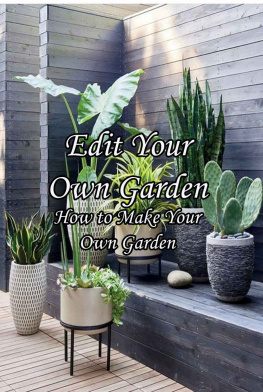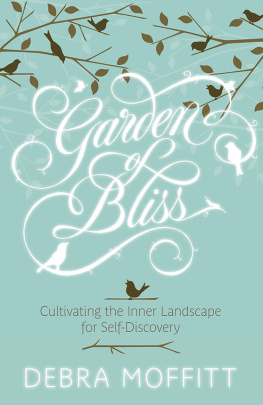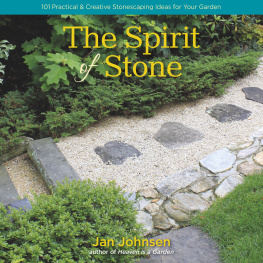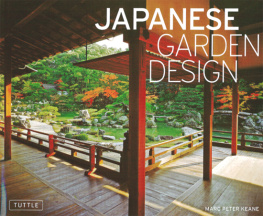Down the Garden Path: AGuide to Researching the History of a Garden orLandscape
Edwinna von Baeyer
#####
Copyright
Published by EvBCommunications
Copyright: Edwinna von Baeyer, 2007,revised 2019
Smashwords Edition
ISBN: 978-0-9692100-1-6
Smashwords Edition, License Notes: This ebook is licensed for your personal enjoymentonly. This ebook may not be re-sold or given away to other people.If you would like to share this book with another person, pleasepurchase an additional copy for each recipient. If youre readingthis book and did not purchase it, or it was not purchased for youruse only, then please return to your favorite ebook retailer andpurchase your own copy. Thank you for respecting the hard work ofthis author.
Cover photo credit: Mapperton Houseand Gardens, Dorset, England. Photo by author.
#####
Dedication
To Cornelius who has always believed in me.
#####
Acknowledgements
This guide has been a lot of fun to work on.It is a culmination of 30-plus years of poking around dustyarchives finding those wonderful bits of information that slowlyadded up to form a history of yet another landscape or garden.
Over the years, Ive received help from alegion of archivists and research librarians and my fellowlandscape historians. They are all wonderful people the mainstayof heritage preservation I salute you all!
However, there is one person to whom I owe somuch Susan Buggey. As Ive said in other places and other times,she was instrumental in putting me firmly on the garden path. Overthe years, her wise counsel, expansive knowledge of landscapehistory, policy and research techniques have helped me immensely.She was a valued friend.
And, of course, I must acknowledge myhusband, Cornelius. His gentle urgings to stop writing and editingfor others and to start writing my own publications again put meonce more in the thick of landscape history.
I have had others read this document;however, any mistakes are mine and mine only.
Edwinna von Baeyer
Ottawa, September 2007, 2019
#####
Table of Contents
#####
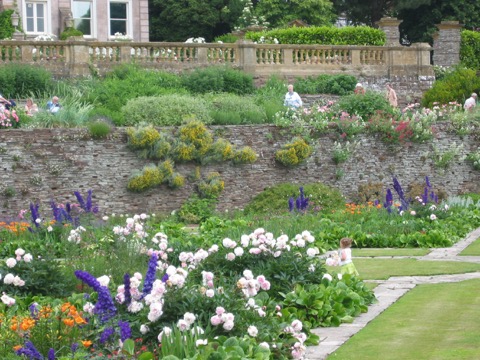
Photo credit: Hestercombe Gardens, Somerset; photo byauthor.
Introduction
There are many reasons for wanting todocument a landscape as many, perhaps, as there are types oflandscapes. Landscapes give us a sense of place. Landscapes arepart of our history. No matter where you live urban or rural,city core or suburbs you are connected to the landscape aroundyou. The connection of people to place is part of what defines whowe are, where we came from, and where we might be headed.
Using this guide will help you document alandscape. Documentation is the first step to preserve, conserve orrestore a landscape whether it is a private garden, city park,industrial complex, cemetery, historic house and grounds, etc.
Who will benefit from using this guide?
* Individuals who want to write the historyof a personal landscape or garden.
* Members of civic groups, societies,governments, etc. who want to document the story of a significantlandscape in their locality, whether small or large.
Please note: In this guide, the termlandscape is used in its broadest sense to encompass all types ofsites from a home garden, to the grounds surrounding a factory, toa park and to Aboriginal hunting grounds and everything inbetween.
You might have personal reasons for wantingto document a landscape. You might want to recreate yourgrandmothers garden. Or it might be a professional or civic reason you are a member of an organization that is working to preserveor recreate a public landscape such as a town park, a churchyardgarden, the garden around a historic home... Perhaps a site isthreatened with demolition and you need to prove its historicalimportance in order to help save and protect it. The more solidinformation you can present obviously the better.
However, whether you are focusing on a smallbackyard garden of the 1890s or a city park system designed in the1930s, it is important to realize that all landscapes, which arecomposed of living things, are dynamic, constantly evolving. Whatyou see today may or may not accurately reflect what was there inthe past. Charting that evolution from what occupied the sitebefore the landscape was created to what is there today is whatcomprises the history of a landscape. This history should integrateall elements (architectural, landscape, plantings, etc.) into acomplete as possible story. You will be documenting basically whatis an interconnected system of soil, water, climate, plants andanimals.
To compile a solid history of your site, itis important to go after three types of information:
1. the context or background history withinwhich the site developed;
2. the facts, illustrations, plans, etc.connected to the site; and
3. an inventory of plant material, layout andstructures that are currently on the site.
Types of historic landscapes
- Aboriginal landscapes
- Battlefields
- Beaches and coastal areas
- Botanical gardens
- Campsites
- Canal lockmasters gardens
- Cemeteries
- Ceremonial sites
- Church grounds
- College and university campuses
- Country estates
- Ethnic neighbourhoods
- Experimental farms
- Fairgrounds, amusement parks
-Farms and ranches
- Fort garden
- Home gardens
- Industrial parks/complexes such as railwayyards, factory complexes, mines, flour mills, logging camps,shipbuilding yards, etc.
- Institutional grounds such as aroundhospitals, military complexes, jails, municipal buildings,monasteries
- Mission gardens
- Orchards
- Parkways; scenic highways
- Pioneer gardens
- Planned communities, such as gardensuburbs
- Plantation gardens
- Public and private parks
- Railway gardens
- Religious institution grounds, such as amonastery
- Rural landscapes; rural districts
- School gardens
- Sites used for religious or culturalactivities such as camp meeting grounds
- Trading post gardens
Just as you cannot study a persons lifewithout also studying his or her family, friends, co-workers, sotoo are landscapes studied in a broad context. Over the lastdecade, historic landscape conservation and protection has shiftedfrom a spotlight on conserving the grounds around individualhistoric buildings to an expanded landscape. Landscapes in thiswider context are usually called cultural landscapes. A culturallandscape, as defined by Parks Canada, includes any geographicalarea that has been modified or influenced by human activity. Thus,for example, Aboriginal hunting grounds, villages and the fieldsthey are connected to, industrial complexes, urban subdivisions,among others are now being studied as cultural landscapes.
A very useful source on protecting culturallandscape, written by Charles A. Birnbaum of the U.S. National ParkService ( ProtectingCultural Landscapes: Planning, Treatment and Management of HistoricLandscapes ) can also help you better understand what acultural landscape is and how to document one.
Some specialized knowledge necessary

Photo credit: Canadian pioneer garden, n.d., Libraryand Archives Canada, C40792; authors collection.
Each site has its questions; its mysteries tosolve. To form the right questions and to solve those mysteries,you will need to have some knowledge about gardens and landscapes.This guide presupposes this knowledge that you know a perennialfrom an annual; a pergola from a gazebo; a park from a cemeterylandscape. You might also need to read up on architectural stylesso that you can accurately describe the buildings on a site.
Next page
